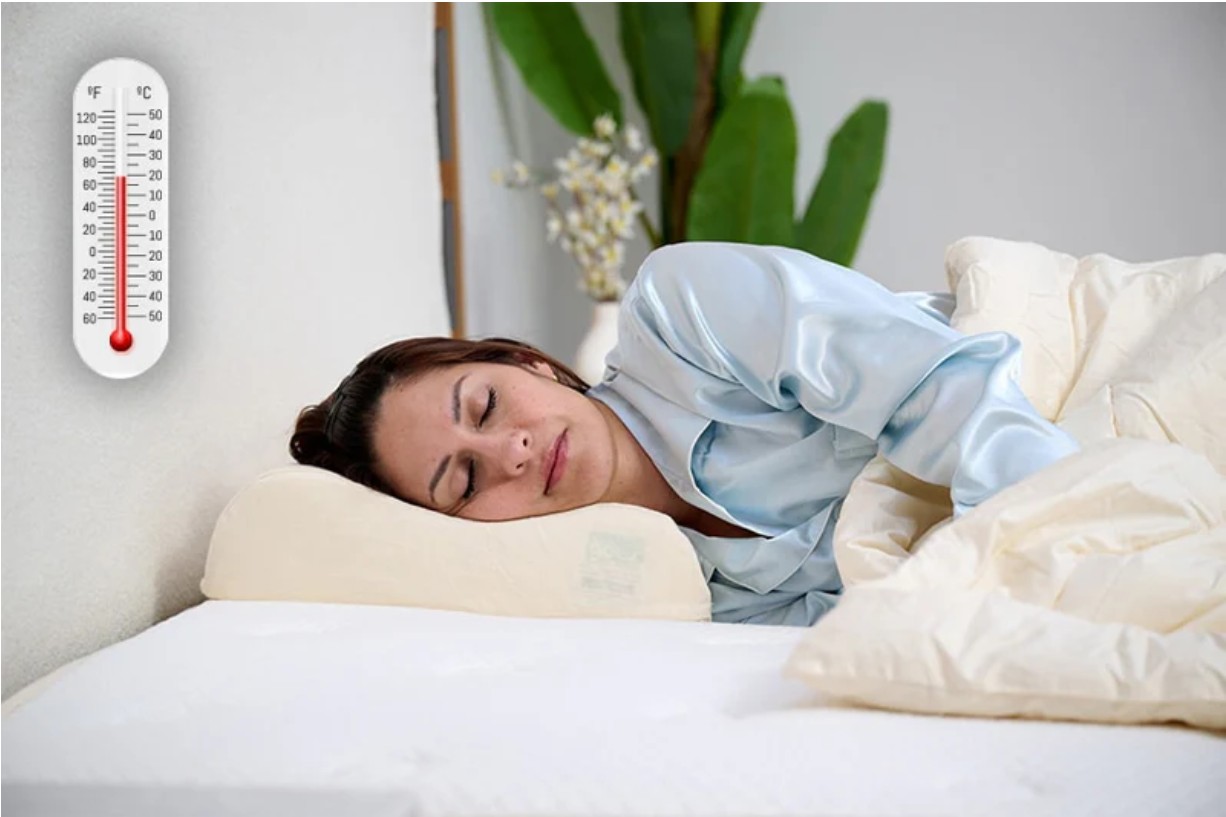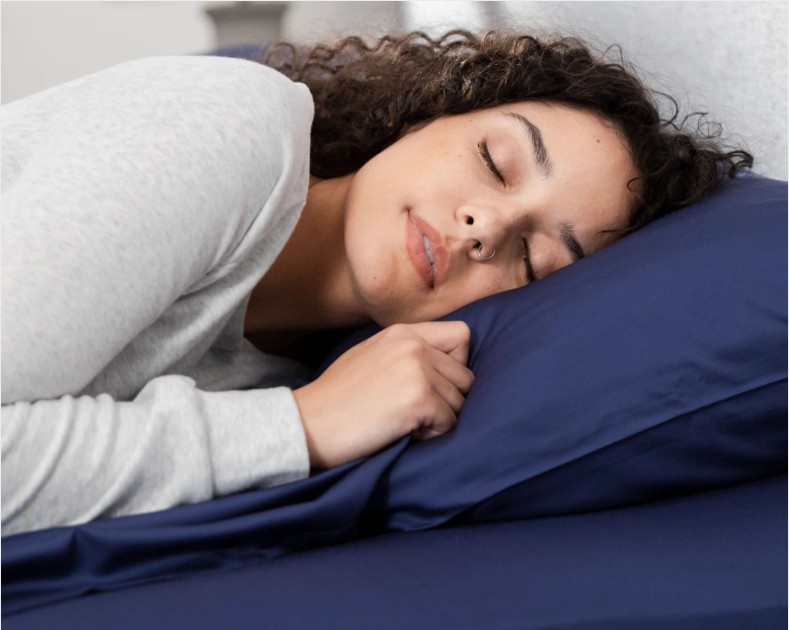
Microfiber vs. Bamboo Sheets: Which Should You Choose?
Choosing the perfect bed sheets starts with selecting the right material. While cotton used to be the default, today’s bedding market offers a wider range of fabrics — from eco-friendly bamboo to high-tech microfiber. Torn between the two? You’re not alone. This guide breaks down the pros and cons of microfiber vs. bamboo sheets to help you make an informed decision.
We went deep into the weave — from consulting textile experts around the globe to stress-testing sheets by hand — to understand what truly separates these fabrics. Here’s what we found.
Bamboo vs. Microfiber: The Basics
Bamboo sheets are made from the bamboo plant, often processed into bamboo viscose (also known as bamboo rayon). This natural material is praised for being soft, breathable, moisture-wicking, and eco-friendly. Bamboo grows rapidly with minimal water and no pesticides, making it a sustainable choice for bedding.
Microfiber sheets, on the other hand, are synthetic. They’re made from ultra-fine fibers of polyester or nylon, tightly woven to create soft, plush sheets that are durable, wrinkle-resistant, and typically more affordable than bamboo.
Now let’s compare how these two materials perform across key bedding categories.
1. Softness: A Matter of Preference
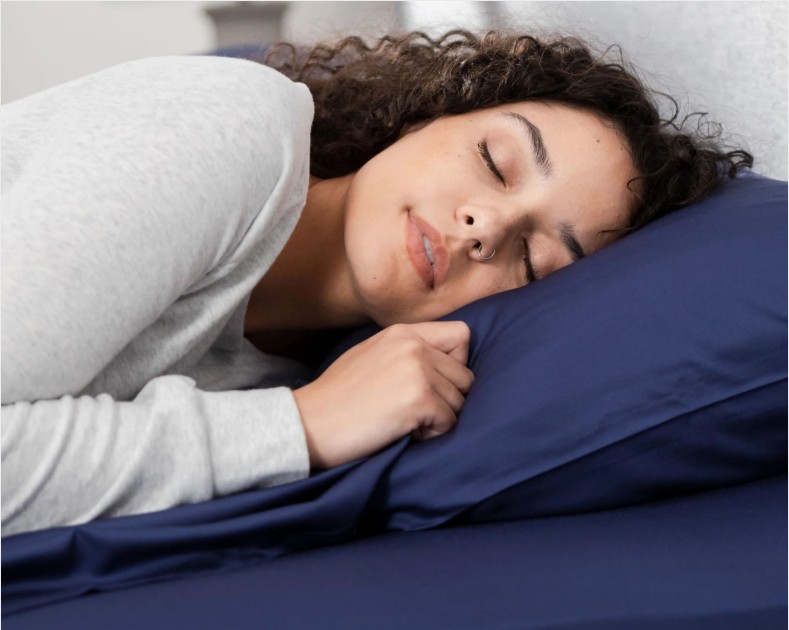
Both microfiber and bamboo sheets are soft — but in different ways:
- Bamboo has a sleek, silky feel, often described as cool and smooth against the skin. It glides over your body, offering a luxurious sleep experience.
- Microfiber has a plush, cozy texture, closer to flannel or brushed cotton. It feels warmer and stretchier than bamboo.
If you prefer a smooth, cool sensation, bamboo might be your match. If you like soft, warm bedding with a little stretch, microfiber could be the winner.
⚠️ Some people find high-thread-count bamboo sheets too slippery, while others say microfiber feels too much like plastic. Personal sensitivity to synthetic materials can be a deciding factor.
2. Durability: Bamboo Wins
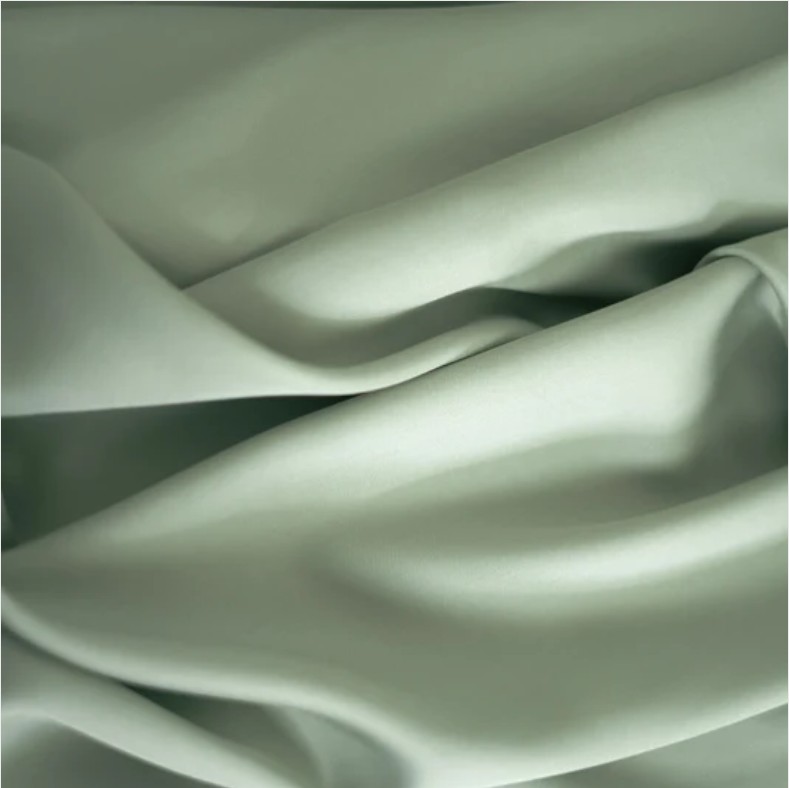
Bamboo sheets are impressively durable. The natural fibers are strong and resistant to pilling when made with care. With proper washing, they’ll stay soft and strong for years.
Microfiber, while durable in its own way, is more prone to pilling and thinning. Because its fibers are so fine, they can wear down quickly and form rough patches after multiple washes.
💡 Tip: Always check customer reviews for microfiber sheets — especially for signs of early wear or pilling.
3. Affordability: Microfiber is Budget-Friendly

Microfiber sheets are usually less expensive than bamboo because they’re made with synthetic materials in a fast, low-cost manufacturing process.
Bamboo sheets, while pricier upfront, offer better long-term value due to their durability and comfort.
🛏️ If you’re shopping on a tight budget or want temporary bedding, microfiber is a solid option. But for an investment in long-term sleep quality, bamboo is worth the splurge.
4. Temperature Regulation: Bamboo is Cooler
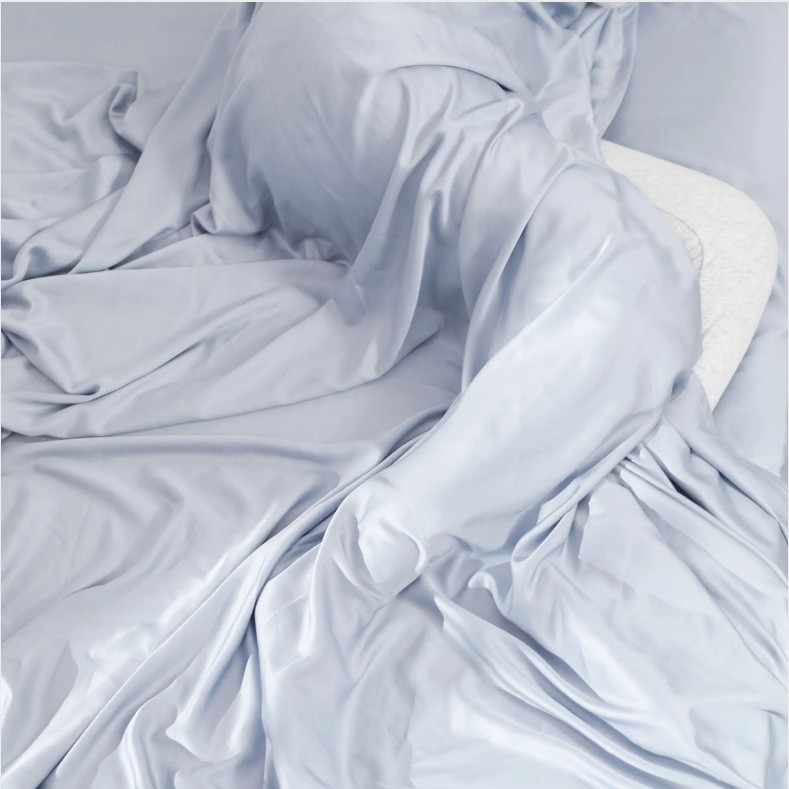
If you tend to sleep hot, bamboo sheets are the better choice. The fabric is naturally breathable and has micro-gaps that allow heat to escape, helping you stay cool and dry throughout the night.
Microfiber, by contrast, is tightly woven and retains heat. While some microfiber sheets absorb moisture, they don’t allow air to circulate as freely, which can make you feel warmer over time.
🔥 Verdict: For hot sleepers or summer nights, bamboo is your best bet.
5. Stain & Wrinkle Resistance: Microfiber Leads
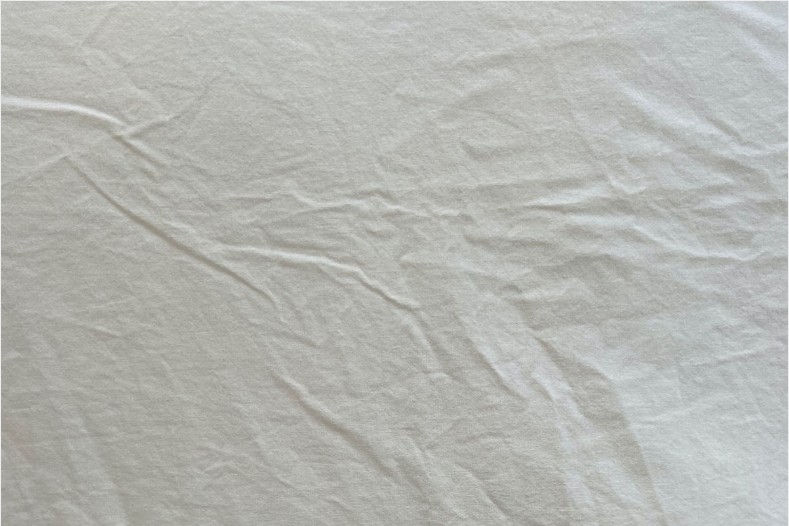
One area where microfiber shines is ease of care:
- It’s wrinkle-resistant, even if you leave it in the laundry basket a little too long.
- It’s stain-resistant, thanks to its tight weave that slows absorption.
- It dries quickly and resists shrinking.
Bamboo sheets require a bit more TLC — low heat drying, no bleach or fabric softeners — and can wrinkle if not promptly removed from the dryer. However, they’re still fairly easy to maintain with the right care.
6. Washing & Care: Gentle is Best
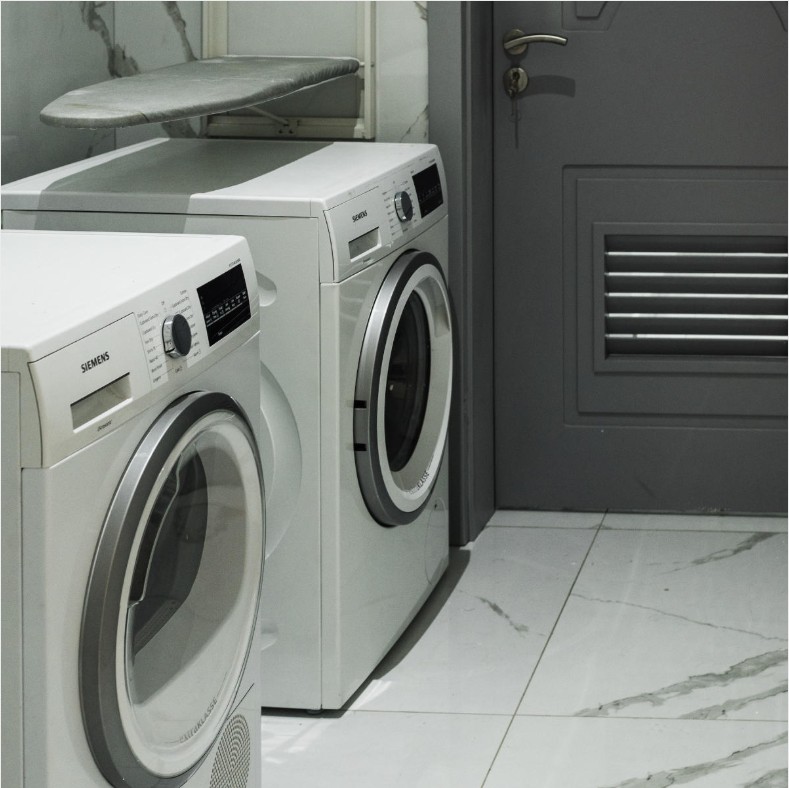
Both microfiber and bamboo require delicate washing:
- Wash in cold water with mild detergent.
- Avoid bleach or fabric softeners (they damage fibers).
- For bamboo, hang drying is best. If using a dryer, low heat only.
Microfiber can handle regular tumble-drying but may build up static.
7. Environmental Impact: Bamboo is More Sustainable
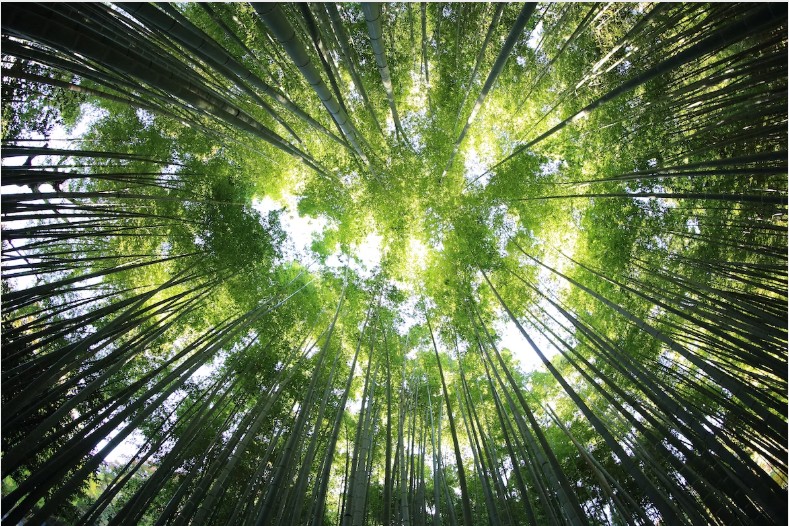
When it comes to eco-friendliness, bamboo is the clear winner:
- It’s a renewable, biodegradable resource.
- Grows fast with minimal water and no pesticides.
- Doesn’t contribute to erosion or long-term pollution.
Microfiber, being synthetic, is petroleum-based and releases microplastics into waterways during washing. It’s not biodegradable and requires more energy to produce than bamboo or cotton.
🌱 Want the most sustainable option? Choose organic bamboo sheets from reputable brands using safe, closed-loop processing methods.
Microfiber vs. Bamboo Sheets: Final Verdict
| Feature | Bamboo Sheets | Microfiber Sheets |
|---|---|---|
| Softness | Silky and smooth | Plush and cozy |
| Durability | Strong, long-lasting | Prone to pilling |
| Breathability | Excellent (cooling) | Moderate (retains heat) |
| Eco-Friendliness | High | Low |
| Price | Higher upfront | More budget-friendly |
| Wrinkle/Stain Resistance | Moderate | Excellent |
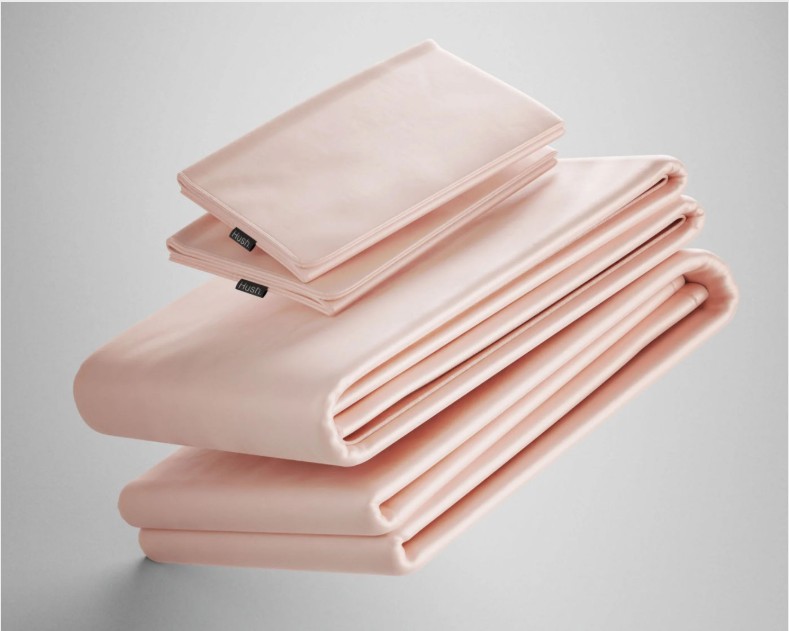
Which One Should You Choose?
- Choose bamboo sheets if you want:
- Luxurious, cool sleep
- Long-lasting quality
- Natural, eco-friendly fabric
- Choose microfiber sheets if you want:
- Affordable bedding
- Easy maintenance
- Soft, warm texture
Ready to experience bamboo comfort for yourself?
Try Hush Iced Bamboo Cooling Sheets — ethically sourced, ultra-durable, and unbelievably soft. With our 100-night trial, there’s zero risk in finding your perfect match.
